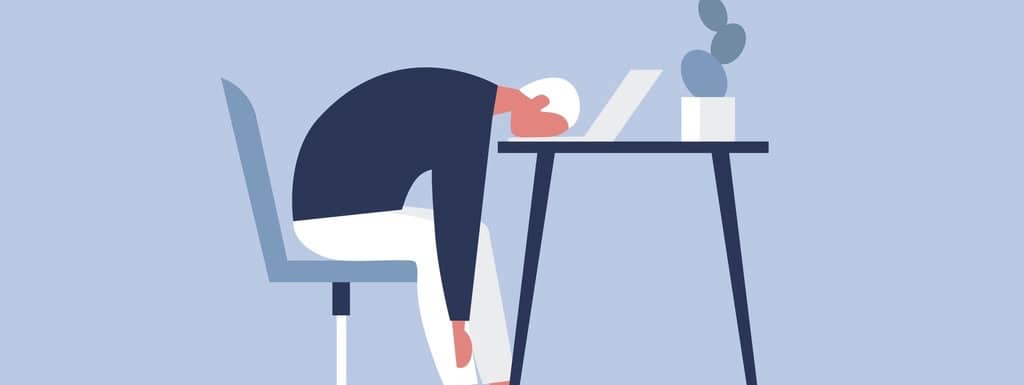
In a world where digital devices promise connection, productivity, and convenience, a quiet exhaustion has crept into our collective consciousness. It’s not the fatigue of physical overexertion, but of mental depletion — a kind of weariness that settles in after too many notifications, too many open tabs, too little stillness. This is the silent fatigue of hyper-connectivity, a phenomenon born from our compulsion to stay “always on.”
The Cognitive Cost of Constant Connection
Human attention was not designed for perpetual engagement. Research from Stanford University’s Communication Between Humans and Interactive Media Lab found that chronic multitaskers — those who frequently switch between digital tasks — perform worse on tests of focus and memory. The brain, forced to toggle between stimuli, never fully engages in deep work. Instead, it remains in a reactive state, scanning for the next ping or alert.
Each interruption — even a quick glance at a notification — fractures concentration. A study by Gloria Mark at UC Irvine revealed that after an interruption, it takes an average of 23 minutes to return to the original task with full focus. The result is a form of cognitive exhaustion that masquerades as simple busyness. We mistake stimulation for productivity, even as our attention splinters into smaller and smaller fragments.
The Physiology of Digital Fatigue
Our bodies, too, pay the price. Blue light exposure from screens suppresses melatonin production, delaying sleep onset and reducing sleep quality. Elevated cortisol levels — the body’s stress hormone — have been linked to excessive smartphone use, especially in the evening hours. The body’s stress response, meant for short bursts of activation, becomes chronic under constant digital demand.
The posture of connectivity—head bent toward a glowing device—compresses the neck and shoulders, strains vision, and limits breathing depth. Over time, this physical tension feeds back into mental fatigue, creating a loop of stress and sluggish recovery.
The Psychology of Being “Always On”
Beyond biology, the emotional weight of hyper-connectivity is equally draining. The expectation of instant response — to emails, texts, Slack messages — erodes boundaries between work and rest. Psychologists call this “anticipatory stress”: the anxiety of knowing one might be interrupted. Even in moments of quiet, the mind hums with low-grade vigilance, waiting for the next digital demand.
Socially, the illusion of constant connection masks a deeper disconnection. Online engagement often replaces the slower, more nourishing rhythms of real conversation. We scroll for connection but encounter comparison; we seek stimulation but find depletion.
Recovering Depth: Strategies for Digital Renewal
The antidote to hyper-connectivity is not withdrawal, but intentional rhythm — creating boundaries that allow for both connection and restoration. Here are a few evidence-based practices that can help recalibrate attention and restore energy:
1. Micro-Breaks for Mental Reset
Short, deliberate pauses — even 60 seconds of stepping away from a screen — help interrupt attention fatigue. Studies show that micro-breaks can improve mood and restore focus, especially when they involve movement or exposure to natural light.
2. Device Hygiene
Treat your devices like tools, not extensions of the self. Turn off non-essential notifications, set app timers, and use “do not disturb” modes during deep work. Keep your phone physically out of reach when concentration or rest is the goal.
3. Analog Rituals
Anchor your day with analog moments — a handwritten note, a walk without earbuds, reading a printed page. These rituals engage the senses differently, grounding attention in the physical world and helping the nervous system recalibrate.
4. The Digital Sabbath
Consider carving out regular “off” periods — an evening, a Sunday, or even a few hours a day — where screens are deliberately set aside. This is not deprivation but restoration, a way of reclaiming agency over attention.
The Return to Presence
To live well in a connected age is to learn how to disconnect — not from others, but from the constant pull of digital demand. Attention, like energy, is finite. Protecting it is not indulgence but survival. The fatigue of hyper-connectivity is real, but so is our capacity to recover depth, presence, and ease once we learn to honor the mind’s need for stillness.
Leave a Reply